Employing acoustic signals to locate traps on the ocean floor, new fishing tech shows promise but high costs will slow the rollout
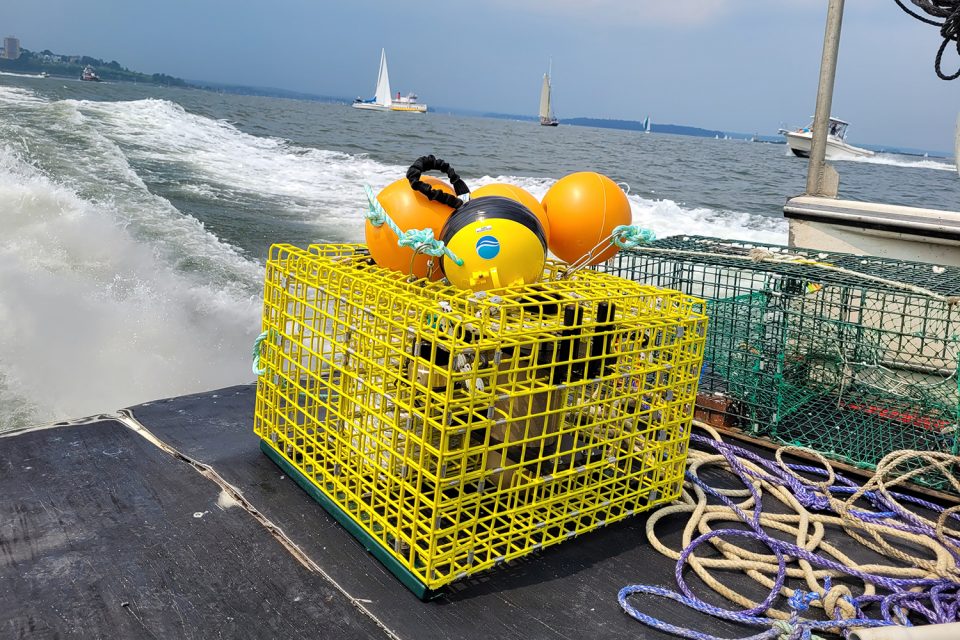
Cage or trap fishing traces back to prehistoric times. And while crab and lobster fisheries have been rolling out new and lighter materials over the years, the system involves one rudimentary piece of technology that’s been thus far unavoidable: the rope. Connecting the trap to surface buoys, the ropes can entangle threatened marine mammals like the right whale in the North Atlantic.
A handful of entrepreneurs are using acoustic technology to create rope-free fishing systems – often called “ropeless” fishing gear – and hoping that eventual widespread adoption of such systems will prevent future whale entanglements and reduce the sheer quantity of discarded or lost fishing gear (or “ghost gear”) on the ocean floor, which can continue to trap marine life for years.
Ashored Innovations in Bedford, Nova Scotia, is building its first commercial run of a submersible, geo-trackable buoy that descends with the lobster trawl and utilizes acoustic release technology to return to the surface. The Modular Ocean-Based Instrument (MOBI) consists of three items: the unit on the ocean floor containing the trap, the MOBI commander, which manages the communication above the ocean, and a software platform. The system records the placement of traps so that even if they move from their original location, they can be tracked.
“Ghost gear is a big driver of this,” said Aaron Stevenson, CEO. “As we seek investment to support our expansion and growth, we start with a discussion about marine mammal entanglements, lost marine gear and the problems of ghost gear. Our solution is to track not only where this gear is but what pieces are connected to it, when it was put in the water and when it’s coming out.”
Ashored plans to do minor adaptations of MOBI so it will be suited to various fisheries including Dungeness crab, snow crab and black sea bass. The first commercial run, enabled by the Canadian federal government’s Whale Safe Gear Adoption Fund, will be delivered to local fishing groups in April. Stevenson said Ashored’s supply partnerships will enable the company to expand its production capacity rapidly, “so we could certainly fulfill quite a large volume with a six-month ramp-up.”
A starter pack costs (CAD) $9,000 and supplies everything fishermen need to try the system out on one-string traps. Additional MOBI units cost $2,500 each, depending on how many strings of traps are being fished. Fishermen require one for every vertical line.
The hidden cost of ghost gear lost by fishing and aquaculture
Ropes on command
Stevenson estimates that his company is one of six working on solutions like this over the past three years, but as much as they are competing with each other, they are also actively collaborating.
“A challenge to a broad-based adoption of these bottom-based systems is that without having buoys marking the location of traps, gear could be overlaid onto someone else’s gear at a fishing spot. That makes it important that different systems and different operators can communicate gear location with each other,” said Stevenson. “So, we are working collaboratively on building that means of communicating. And that collaboration recognizes the reality that this is a much larger market, and that we all believe it’s the best solution going forward to prevent whale entanglement.”
The Canadian federal government will require fixed-gear fisheries to utilize whale safe technology starting in 2023 and has invested (CAD) $20 million through the fund to support the adoption of that technology.
“For our company, which registered in 2018 and is Canada’s only rope-on-command gear manufacturer, this is very welcome news, underpinned by the notion that as we know better, we must do better,” said Stevenson. “At Ashored, we wanted to tackle a problem that was locally felt and globally significant, and we’re doing that and making a difference in the process.”
EdgeTech, a West Wareham, Mass.-based company specializing in acoustic release products for the past 50 years, began designing a rope-free fishing system five years ago when the company noted the increase of whale entanglements and the pressure that was putting on the population of North Atlantic right whales. It created a weighted cage containing a submersible buoy, which acts as an additional trap on a line. A lobsterman uses an app called Trap Tracker to communicate with the cage via Bluetooth, which then releases a buoy to the surface. The app enables fishermen to find their traps and share location data with other fishermen and with regulators.
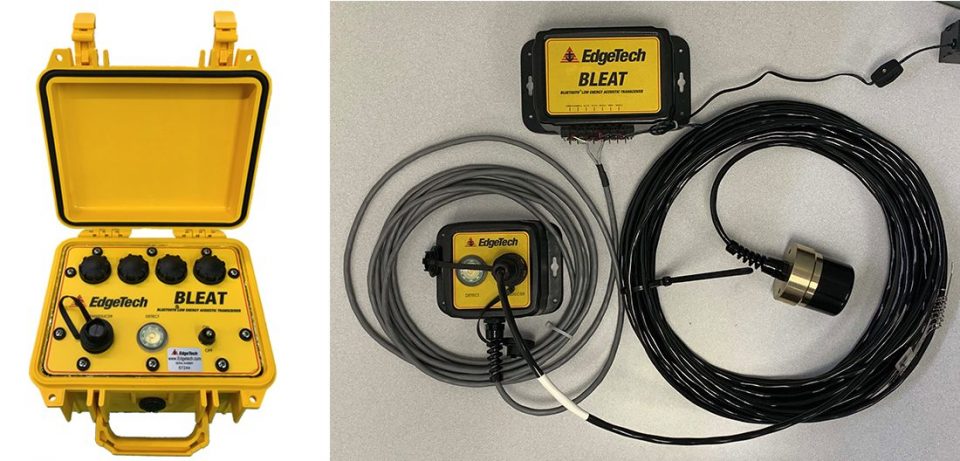
The apparatus consists of a deck unit containing a transmitter that receives responses from the underwater unit, and a cage with a floatation cover containing a rope and buoy. An acoustic command releases the floatation device, allowing a lobsterman to hook onto the buoy and haul up the cage, which is attached to multiple lobster pots. The app marks the beginning and end of a trawl on a chart, recording the position of equipment on the ocean floor and sending that data to a cloud database.
“It also shares that location with other Trap Tracker users so they can see where your trap is – but they can’t release your trap because each one has its own unique release code,” said Rob Morris, product line sales manager.
EdgeTech has 300 units in the water, presently being used by crabbers and gillnet fishermen. The snow crab industry is gearing up for a trial. “In most cases our users are still required to file for an experimental fishing permit in order to fish ropelessly, but things are going really well,” Morris said. “In the last four years we’ve made modifications based on the recommendations of fishermen, and though we’re still in the test phase, our product is commercially available.”
The systems, which are priced at $7,700, are rated for depths up to 500 meters and once you own this device, maintenance costs are low, Morris said. “The housing of the underwater device is very corrosion-resistant and the only items needing replacement are the batteries, once a year, and the anodes.”
For now, we’re taking it one rope at a time, knowing that every unit we can get in the water is one less vertical line that’s a snag potential for boats, other fishermen, whales and other sea life.
Underwater winch
Richard Riels, executive director of the non-profit Sea Mammal Education Learning Technology Society (Smelts), noted that rope-free fishing is technically illegal and that Canada and the United States require fishermen using it to apply for exempted fishing permits.
“That’s a challenge but in some ways it’s good, because it gives real science-based trials and data to prove if the gear works or not, as opposed to just throwing out a bunch of gear that might get lost,” he said. “We want to make sure we don’t mess this up, and that the gear is working and it’s markable – and there’s lots of work still to be done.”
Smelts, based in Sedro-Woolley, Wash., has a rope-free fishing system that uses inflatable lift-bag technology, as opposed to EdgeTech and Ashored’s technology, which still requires ropes.
“We send down an acoustic signal to the gear, to call it up by opening scuba tanks to fill a lift bag that has a capacity varying from 80 pounds up to 1,000 pounds, depending on the fishery and the depth,” Riels said. “It’s modular, adaptable and very powerful. The gear is like an underwater winch that lifts gear from the bottom using buoyant force, as opposed to pulling it up from the surface. And once it’s on the surface the blinking LED light on the bag and the highly reflective tape allow for visual location. A radar reflector, GPS and radio tracker are all built into the inflation module to assist with tracking the location of the gear.”
Smelts’ gear has been in use since 2018 and was used by the gillnet fishery in Washington State last year. The 10 fishermen under contract with the company right now are fishing for crabs, lobster, monkfish and other groundfish species, Riels said.
“We’re building more units every day, but it comes down to funding, and ropeless is very expensive,” Riels said. Each unit is hand-built at a cost of $5,000 to $7,000 and since Smelts is a nonprofit, Riels spends much of his time applying for grants to support his work. “We use that funding to build the gear and give it to fishermen to try out, a strategy that has allowed us to build really good gear with the fishermen’s help.”
He added that while Smelts’ retrieval tech is very sound, the company is still working tirelessly on gear marking and on replacing the physical buoy that other fishermen and other ocean users are accustomed to seeing.
“The big conundrum is seeing the gear when it’s sitting on the bottom of the ocean, and that’s what we’re trying to figure out: how to make a virtual buoy that’s discernable and understandable by folks that need to know if fisheries’ gear is there. Today they look at a vertical line and buoy, but when you remove those buoys, which is the savings to the animals, then you have to be able to build a tech that allows all these stakeholders to see it,” said Riels.
“For now, we’re taking it one rope at a time, knowing that every unit we can get in the water is one less vertical line that’s a snag potential for boats, other fishermen, whales and other sea life.”
Follow the Advocate on Twitter @GSA_Advocate
Now that you've reached the end of the article ...
… please consider supporting GSA’s mission to advance responsible seafood practices through education, advocacy and third-party assurances. The Advocate aims to document the evolution of responsible seafood practices and share the expansive knowledge of our vast network of contributors.
By becoming a Global Seafood Alliance member, you’re ensuring that all of the pre-competitive work we do through member benefits, resources and events can continue. Individual membership costs just $50 a year.
Not a GSA member? Join us.
Author
-

Lauren Kramer
Vancouver-based correspondent Lauren Kramer has written about the seafood industry for the past 15 years.
Tagged With
Related Posts
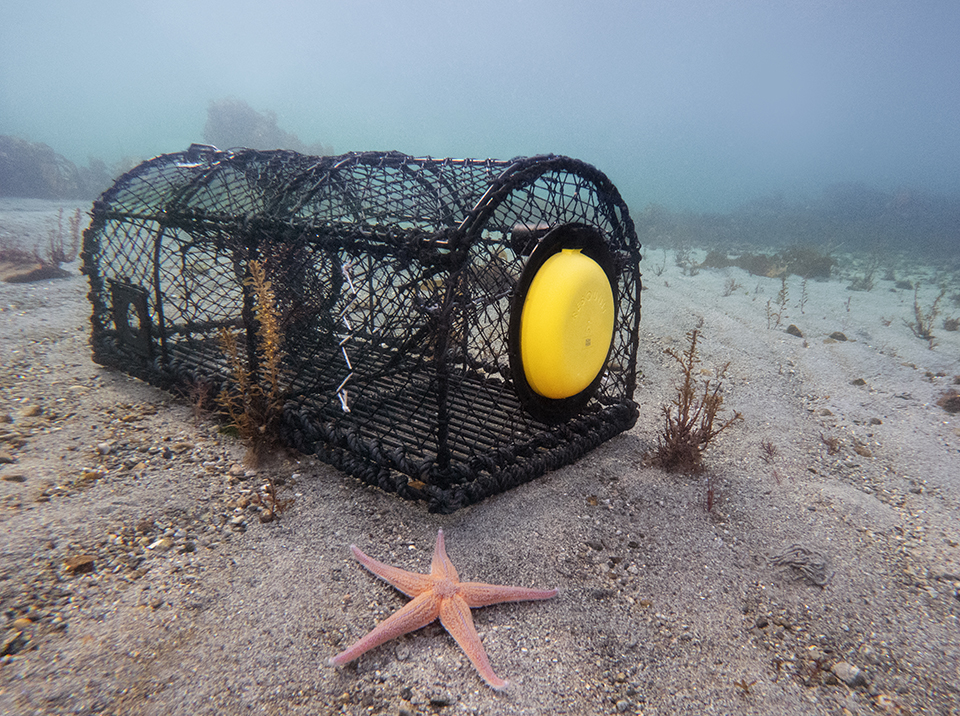
Fisheries
From reporting apps to floating traps: How technology tackles ghost fishing
The global ghost fishing problem has negative environmental and economic impacts, but new technology could help locate and retrieve lost fishing gear.
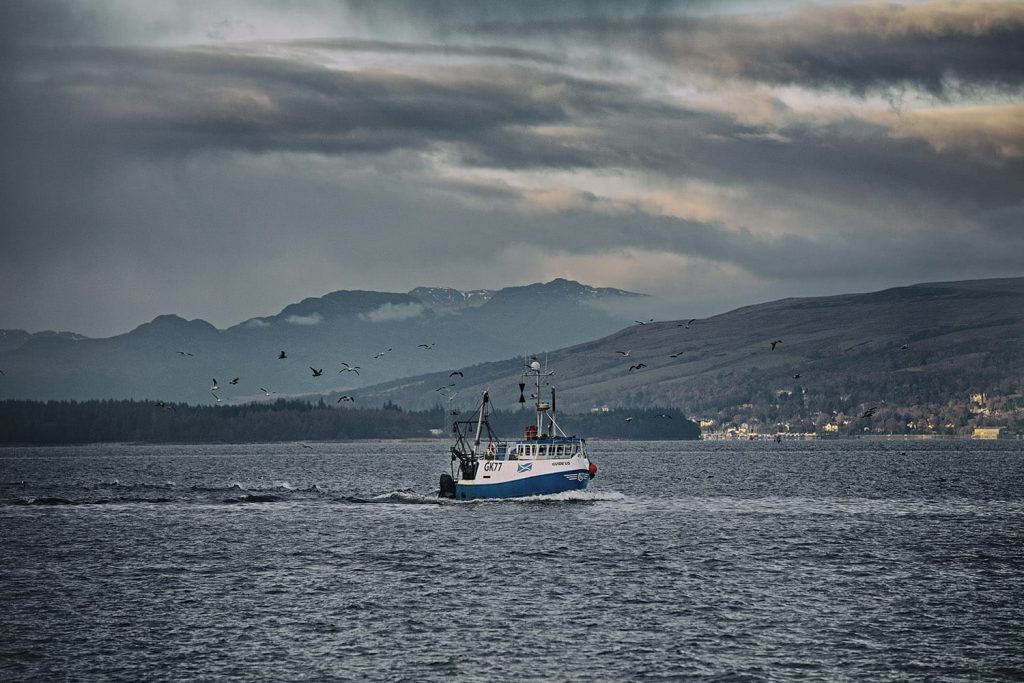
Fisheries
Bottom trawling linked to high greenhouse gas emissions in MPA-supporting study
A study touts marine protected areas and bottom trawling bans, but its methods and conclusions are questioned by fellow researchers and fishers.
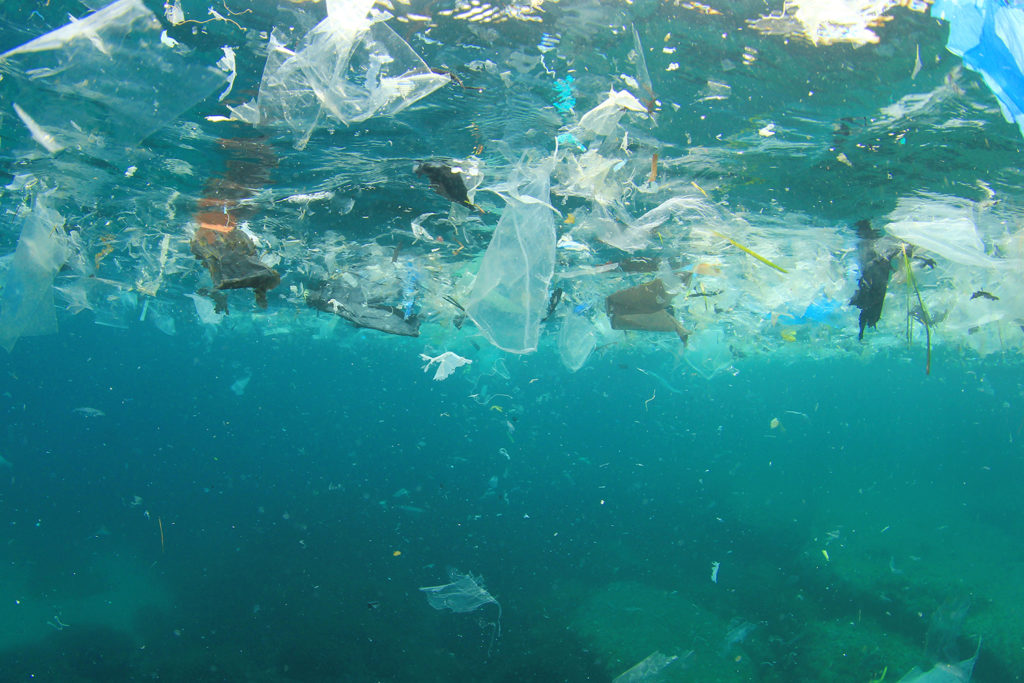
Responsibility
What threat do microplastics, a.k.a. ‘ocean hitchhikers’, pose to aquaculture?
A Trends in Microbiology paper posits that ocean microplastics could be a vector for pathogens, spreading antimicrobial-resistant genes.
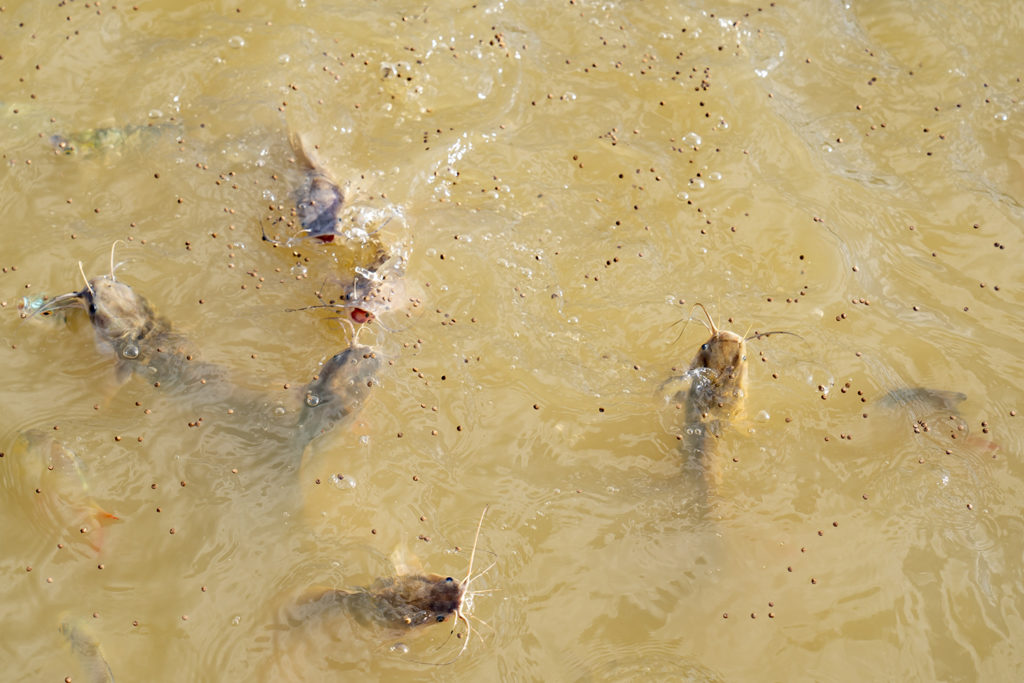
Aquafeeds
‘We will very likely find it’: Microplastics warning sounded for aquafeeds
The warning about microplastics pollution is finding its way to aquaculture, as a new study finds contaminated samples of fishmeal, a prominent aquafeeds ingredient.


